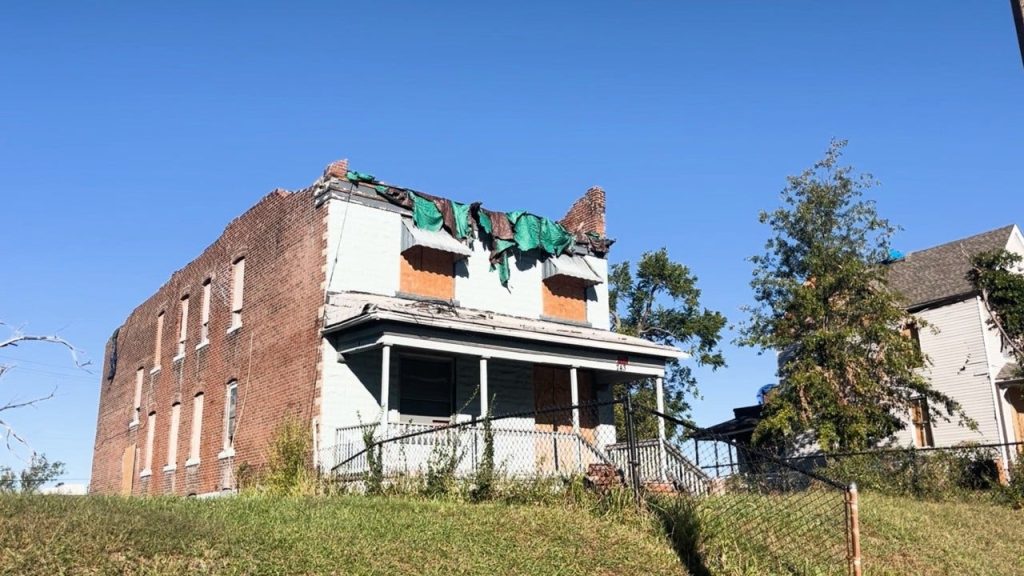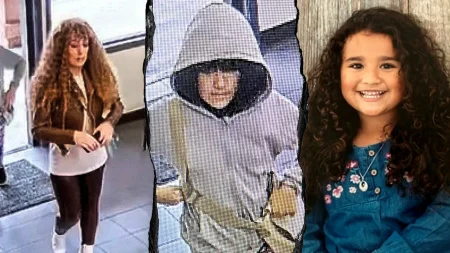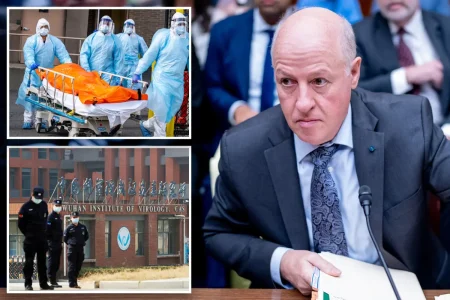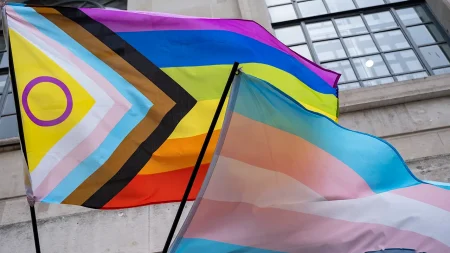St. Louis Still Reeling Six Months After Devastating Tornado
Half a year after an EF-3 tornado cut a destructive path through St. Louis, the scars remain painfully visible. The May disaster claimed five lives and left behind an estimated $1.6 billion in damage, transforming parts of the city into a patchwork of blue tarps, broken windows, and abandoned homes. Today, many residents find themselves caught in a frustrating limbo, still waiting for the assistance they were promised as winter approaches. Missouri Senator Josh Hawley previously emphasized that effective rebuilding would require substantial federal support, but for many on the ground, this help has been inconsistent or entirely absent.
Benjamin Anderson, a seven-year resident of one of the hardest-hit neighborhoods and owner of several rental properties, was at work when the storm struck. “I got bombarded by about 37 texts from my dad with photos of our buildings. Just totally… some of them literally totally destroyed,” he recalled, describing damage exceeding six figures to one multi-unit building. “After spending a year and a half putting our hearts and souls into a building… that was not a fun experience to have to come back to.” Despite his familiarity with contractors and insurance processes, Anderson found the recovery journey bewildering. “I applied for FEMA five times on like 4 or 5 different properties. And we were denied every single time,” he shared, adding, “I haven’t heard anybody who’s come to me and they’re like, I got a $10,000 check from FEMA, and it’s really going to help me do these things.” His experience reflects a broader disconnect between official aid statistics and residents’ reality.
The Federal Emergency Management Agency reports that millions in federal aid have been approved for Missouri storm survivors, including temporary housing assistance and low-interest Small Business Administration loans. However, an October recovery update acknowledged that many applications require additional documentation, and initial denials can sometimes be overturned through appeals. Meanwhile, the situation on the ground tells a different story. Anderson has witnessed neighbors leaving indefinitely while contractors work, while others remain completely lost about how to begin rebuilding. During a neighborhood walk, he encountered someone camping outside their condemned house without power. Adding to residents’ challenges, opportunistic contractors descended on the area immediately after the storm. “There were people coming through the neighborhood same day… these sort of like opportunistic roofers and window people,” Anderson said, describing how one out-of-state operator offered to place a simple tarp for $2,000 – a service he declined but feared others may have paid for out of desperation.
Not every St. Louis resident lost their home entirely, but even those with “minor” damage face a complicated and financially draining recovery process. Homeowner Misty Williams considers herself relatively fortunate: “It’s okay. We had some… damage to our house. Thank God, you know, it was as minor as it was. My heart does go out to people, you know, that’s going to a total loss.” Nevertheless, she notes that the assistance received often falls short of actual repair costs: “Sometimes the repair cost far exceed the amount that you’re given.” Williams expressed hope about a new city initiative called STL Recovers, which aims to help tornado survivors navigate available assistance programs and begin home repairs. This program represents part of the city’s expanded recovery efforts, including a housing and temporary shelter program recently announced by Mayor Cara Spencer specifically targeting families still unable to return home.
The psychological toll of the tornado is becoming increasingly apparent at this six-month milestone. Dr. Joshua Klapow, a clinical psychologist, explains that this timeframe represents a critical psychological juncture for disaster survivors: “Six months following a significant natural disaster is an important psychological time. Six months is really, if you will, the end often of the adrenaline rush. And so now we’re tapping into much deeper resiliency efforts.” He notes that survivors often feel more depleted now than in the immediate aftermath, saying, “For individuals, they can often feel like they don’t have the steam to keep going. This is the time where those feelings of sadness and loss really can hit home.” The approaching winter compounds these challenges, as “cold temperatures, less daylight… when you are also trying to navigate getting your life back together, those two things can compound.”
For residents like Benjamin Anderson, the focus remains on the community’s most vulnerable members as colder weather approaches. “There’s still people who are sleeping outside their homes and it’s starting to get cold,” he emphasized, expressing hope that their situations will improve soon. “I hope that their situations are figured out so that maybe they do get some of that help… to move back inside in the winter.” The story of St. Louis’s recovery illustrates the complex, long-term nature of disaster recovery, where initial emergency responses must evolve into sustained rebuilding efforts. As winter descends on a community still healing from spring’s devastation, the gap between promised assistance and delivered help remains a significant challenge for many residents trying to rebuild their lives and homes. The coming months will test both the resilience of St. Louis residents and the effectiveness of local and federal recovery programs designed to support them through this continuing crisis.









